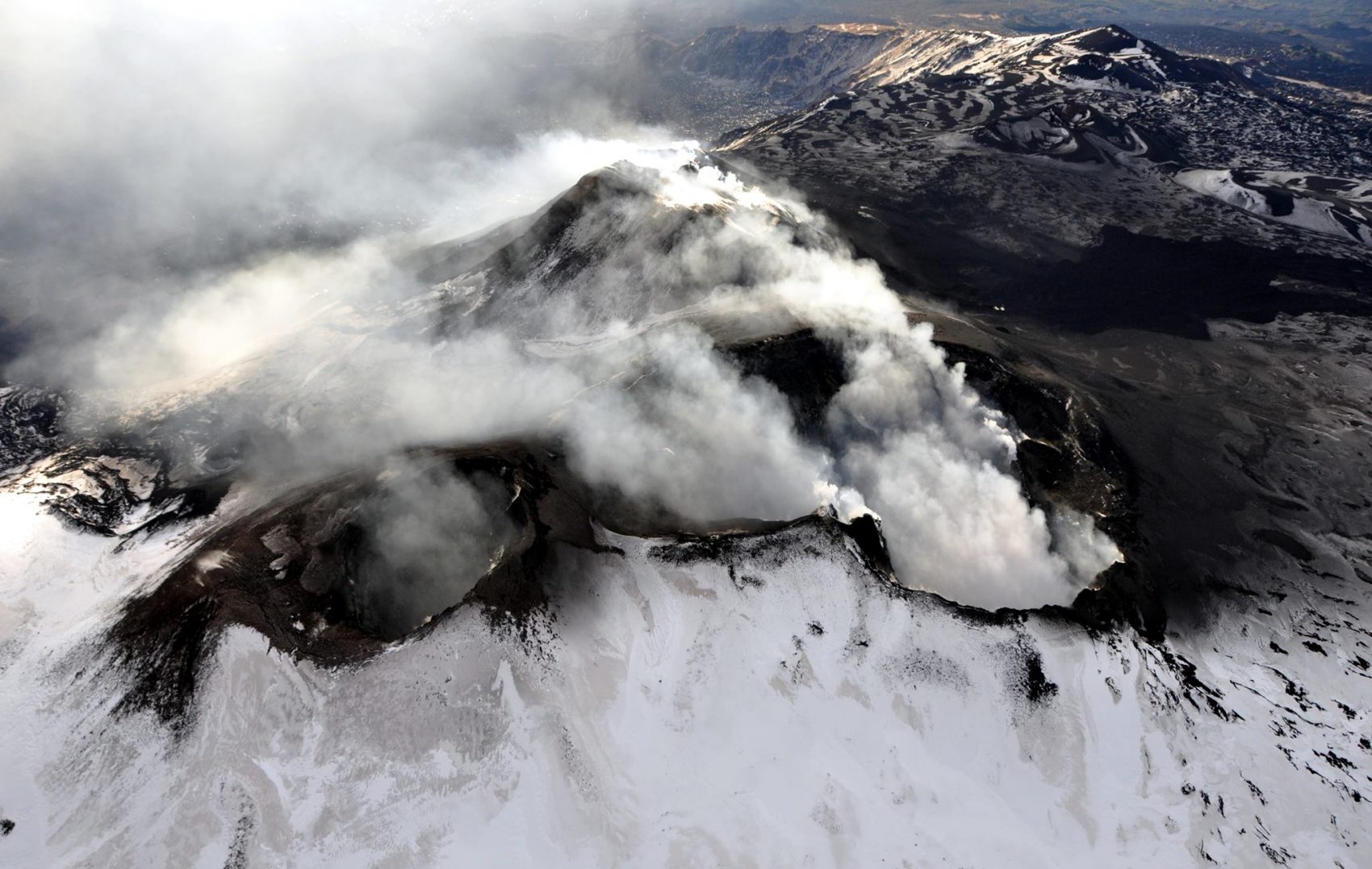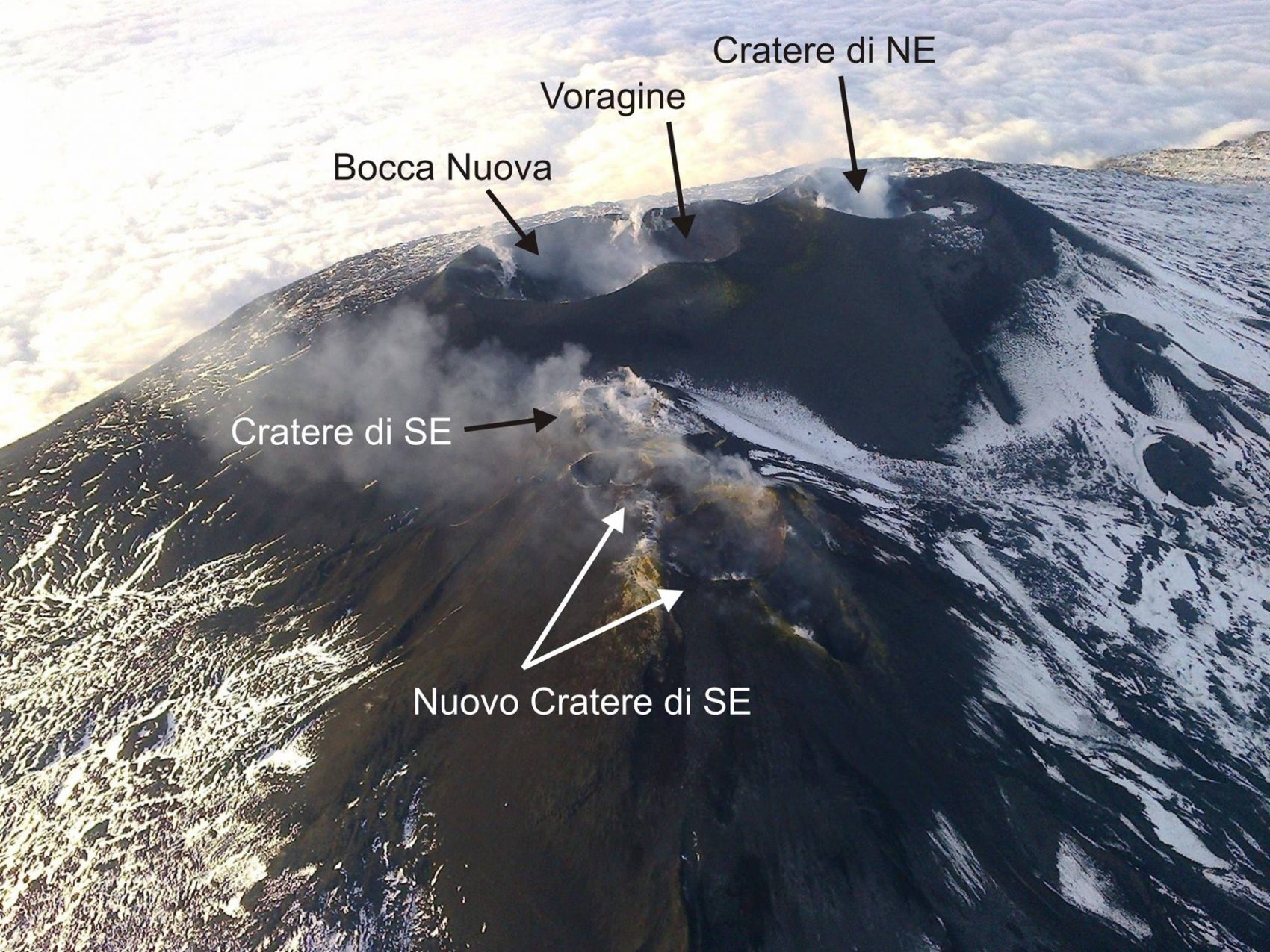
Mount Etna of Italy, now Europe’s tallest active volcano ever, has increased in height over the past six months. According to the National Institute for Geophysics and Vulcanology, the volcano’s most active crater has risen to 11,000 feet above sea level.
Because of the nearly 50 layers of ash and lava the mountain has experienced since mid-February, some craters have risen immensely in height. The closest the volcano had ever seen to such height was in 1981 when the volcano reached approximately 10,991 feet. Unfortunately, the edges began to collapse, and the booming volcano reduced in size by 2018. While the volcano’s growth may not seem mind-blowing, NASA’s Earth Observatory theorizes that Mount Etna was formally a “submarine volcano” (underwater volcano) that grew to sit comfortably above sea level. NASA also reports that there have been 200 eruptions since 1500 B.C., resulting in some layers being almost 300,000 years old. Of those 200 eruptions, 25% of them have happened in 2021 alone, hence the spurt in growth.

The ash isn’t only impacting the volcano, though, but also life around the mountain. The ongoing ash discarding has been taking place since February and is posing a threat to nearby towns. The ash is seen as a burden by people, as it destroys crops, creating traffic, and dirtying streets and nearby towns. In the close town of Pedara, speed limits were lowered, and motorbikes and scooters were banned to reduce the spread of ash throughout the town. Not only that, but a Cantania airport closed temporarily in February due to the eruptions, as reported by Newsweek. According to Science Alert, the government of Sicily stated that in July, nearly 661,387,000 pounds of ash had been cleaned up.
Nearby residents recall the mountain as “beautiful and annoying.” Resident Tania Cannizzaro explains that the mountain is intriguing when blowing red fumes but frightening and dangerous when shaking windows and spewing hot ash.





